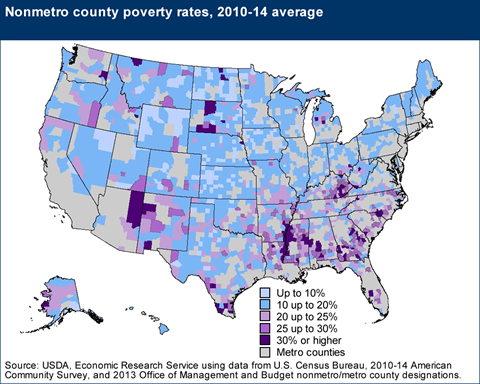Poverty, unemployment, and food insecurity are serious concerns throughout the country, but these rates are much higher in the rural regions of the United States than in urban sectors. The reasons are succinct and relentless, starting with lower education levels and higher rates of both unemployment and underemployment resulting in 17% of rural households unsure where their next meal is coming from. That translates to approximately 8.2 million Americans living below the poverty line. Part of the problem lies with a lack of resources in almost every facet, from fewer support services to help individuals find work as well as child-care and public transportation to enable individuals to not just look for employment but maintain it.

These figures point to a specific reality, education is a vital component of breaking the cycle of poverty. Though education levels are lower in these poverty-stricken areas, the numbers show some increases in educational attainment among Americans living in these conditions with more individuals attending some college or and pursuing a Bachelor’s Degree or higher between the years of 2000-2014. Numbers have also dropped among those who decided not to finish high school, which is also encouraging since the greatest rates of unemployment are found with those Americans who are the least educated.
Education is a powerful tool that can help families from all backgrounds. We understand there may be students in your classroom who come from lower socioeconomic backgrounds or intergenerational poverty. The Latino Family Literacy Project has developed an award-winning program to help families learn to read together and develop strong language skills, together as a family. If you or someone you know who is interested in a family reading program for English Learners, please visit the The Latino Family Literacy Project. They offer exceptional online webinar training for any date and time.
If you would like to watch one of the testimonials from teachers and families that have used The Latino Family Literacy Project’s program, please visit their Youtube Page.
We look forward to hearing from you.
